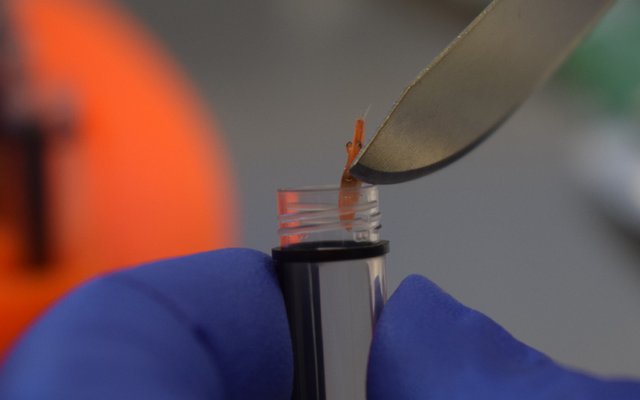Novel Decapod Iridescent Virus (DIV1) infections emerged in mainland China around 2014 and have devastated shrimp aquaculture operations in Chinese coastal provinces. In 2020, DIV1 has spread to Taiwan with devastating results to shrimp and crayfish farms, in addition to being found in wild caught Penaeus monodon from the Indian Ocean. This trend is a major cause for concern and an urgent reminder to expand the tools needed to monitor the spread of DIV1 globally.
One key approach to avoid the spread of the disease into the Asia-Pacific region and beyond is to develop a novel target gene and assays for this emerging pathogen and increase molecular tool capability for national and international biosecurity efforts.
Researchers from Genics recently developed new real-time PCR assays that provide a broader gene target assay range for biosecurity agencies, regulators, and the global shrimp industry to better monitor and mitigate the risks posed by this emerging pathogen, DIV1.
The new real-time PCR assays were described in a recent paper, a set of four different assays (DIV PAT, DIV PAP, DIV ATPase and DIV CSG) positioned across the genome of DIV1 to detect the virus in shrimp tissues. All four assays show a wide dynamic range and high analytical sensitivity and specificity. In addition, the newly developed assays show excellent diagnostic sensitivity and specificity in clinical Litopenaeus vannamei samples of North Asian origin. In particular, the DIV PAT and DIV PAP assays provide two new tools with high specificity and sensitivity toward monitoring and detecting this pathogen.
"The new molecular toolset will enhance global capabilities to monitor the spread of DIV1 and ultimately be used as an early warning system for farmers and authorities to engage in appropriate risk mitigation strategies," researchers said.
Download the study here.













